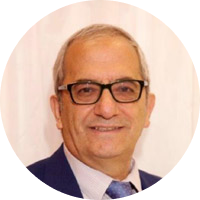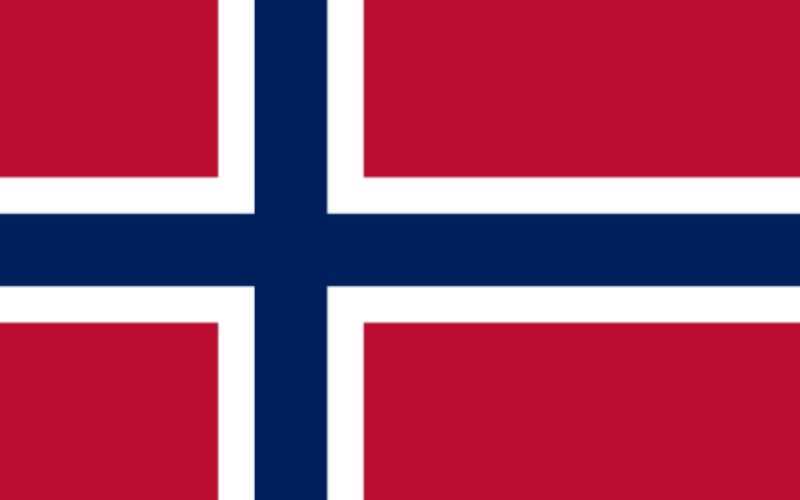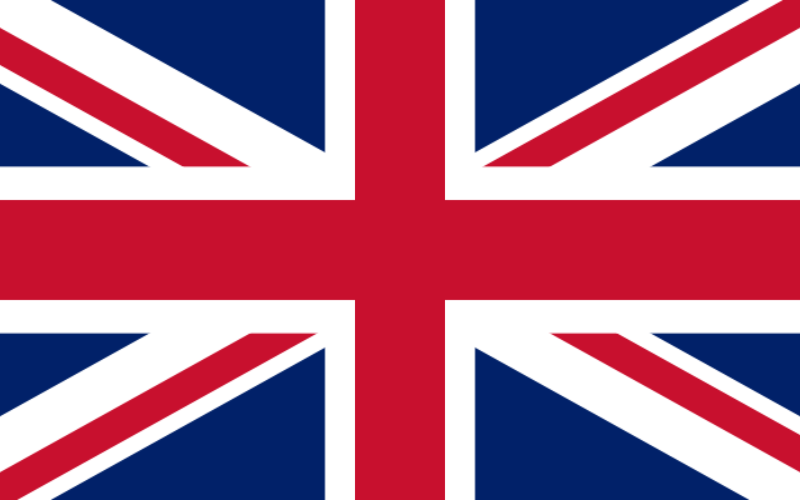
Breast reduction
For many women, large and heavy Breast will cause neck and shoulder pain as well as back pain. For some patients, they can also be cosmetically unsightly and cause psychological problems.
In a breast reduction, the nipple is moved upwards and excess skin, fat and glandular tissue are removed. In order to get the best possible result from breast reduction and to avoid complications, it is recommended that the patient is of normal weight or possibly performs a weight reduction prior to the operation.
The surgical incision goes around the nipple, from the nipple and then under the breast as an
inverted T. In some cases, there is only a vertical scar. The sensation in the nipple may sometimes disappear or be reduced, but will return after a while.
We usually close the wound with stitches that dissolve on their own. It is common to insert a drain (tube) that removes blood and fluid from the wound area under the skin. These are usually removed 1-2 days after surgery and at the first check-up. The scars are often red, itchy and hard at first, but over time they fade and soften. However, the scars will be hidden by a bra or swimsuit and will not be visible in low-cut dresses. In rare cases, the scars become wide and clearly visible because this is dependent on the patient's own inherited characteristics. We recommend that you tape the scars for a few months after surgery. If scar correction will improve the conditions, this is done for up to one year after the breast reduction.
The operation provides a basis for sick leave (2-3 weeks). Physical exercise and hard physical work should be postponed for about 4 weeks.
Who can get a breast reduction?
Women with large breasts that cause them discomfort and pain in the back and neck. The reduction and surgery can remove the back and shoulder pain caused by large breasts.
Newer surgical methods mean that women don't lose the ability to breastfeed after surgery. Therefore, breast reduction candidates don't have to worry that they won't be able to breastfeed their children if they choose to have a breast reduction.
Other options
Common patient concerns
Scars: The scars will initially be slightly visible, but after a few months these scars will disappear, fortunately they are placed in very modest areas so they are not visible afterwards. Scars around the nipple do not need to be a concern, and as mentioned earlier, we can perform scar correction up to a year after surgery.
Numbness: Patients may in some cases experience numbness around the nipples. This can last for up to a month, but will disappear over time. This is nothing to worry about, but patients can always contact the clinic with any concerns.
Discomfort/pain: If the patient experiences pain or discomfort after 2 weeks, we recommend that the patient contacts our clinic. Concerns and unusual symptoms should be raised with the clinic as soon as possible.
Pick-up and possible accommodation
If you live far from the clinic, we recommend that you stay overnight in or near Oslo.
Hotels near Oslo Plastic Surgery;
Hotel Gabels Hus in Gabelsgate 16.
Frogner House Apartments, Bygdøy Allé 53.
Remember that you need to bring a person to pick you up from the clinic and accompany you to the hotel after the operation by car as you will not be walking or taking public transport. You should also have someone with you
the same day and the first night.
Before the operation
You must be healthy on the day of the operation. If you are in any doubt about whether you have a cold or similar, please contact us. The operation is not performed if you have flu with fever, cough or other infection in the body. Before the operation, you will receive a prescription for antibiotics, painkillers if necessary and Hibiscrub solution 40 mg/ml, which you can buy at the pharmacy.
The day before surgery and on the day of the operation, wash your entire body with Hibiscrub solution in the shower. This is a disinfectant soap that should be rinsed off with water and the skin dried with a clean towel. Put on clean clothes when you leave home. Do not use perfume and lotion. All jewelry, piercings and nail polish/fake nails must be removed no later than the day before the operation and replaced 7 to 10 days after the operation.
To get the best possible result and to avoid complications, it is recommended that you have a normal weight and not an excessively high BMI. If you smoke, or use nicotine such as snuff or electronic cigarettes, you must quit at least 2 weeks before surgery and 2 weeks after surgery.
You should come to the surgery fasting. This means that you should not eat any food including fruit or drink juice with pulp or dairy products 6 hours before the operation. You can drink water, juice, juice without pulp or coffee/tea without dairy products or chew gum/drops/throat lozenges up to 4 hours before the operation. Medication that you may need to take on the day of surgery can be swallowed with 1 glass of water max. 100 ml up to 1 hour before the start of anesthesia.
It is important that you stop taking blood-thinning medication about 14 days before the operation, preferably in consultation with your GP or us. For other medications, consult the clinic before the operation. You should also avoid eating a lot of garlic and health food preparations.
You must arrange in advance with a person to pick you up at the clinic about 1 hour after the end of the operation, as you cannot drive yourself, take public transport or taxi alone.
On the day of surgery
You will be received by our staff who will prepare you for the operation before the surgeon sees you. Before the actual procedure, the surgeon will go through the procedure, draw up the plan and answer any questions you may have. Anesthesia staff will also come and greet you and answer your questions.
When the operation is about to begin, the surgical nurse will pick you up and wash the operating area while anesthesia personnel give you a sedative in your arm so you sleep under surgery. In addition, the surgeon will administer a local anesthetic in the operating area for a long-lasting analgesic effect in the operating area after the operation, which also reduces bleeding in the area.
After the operation, you will be moved to the recovery room where you will have your own bed. You will then rest for 1-2 hours and be served food and plenty of drink in the form of sandwiches, yogurt and juice (remember to inform about allergies). Painkillers may be given if necessary.
The surgeon will check on you before your return home/hotel stay and you will be cleared by anesthesia staff before you go home with an adult companion. The PVK attached to your hand will be removed before you leave. A car or taxi must be used as a means of transportation immediately after surgery, we do not recommend public transport or walking.
After the operation
All patients come for a post-operative check-up the day after surgery. We recommend that you do not travel by air for the first 48 hours after surgery. During this time, a follow-up appointment will be arranged at the clinic and you should come to the clinic the day after the surgery.
In the first few hours after the operation, you may feel a little tired and sometimes a little nauseous. It's important that you take painkillers as prescribed and as needed, and make sure you drink plenty of fluids for the first 24 hours. Some people may feel a little dizzy, so it's a good idea to take a few minutes to stand up. For the first two days, you should rest and lie as still as possible. For the next five days, you can move around gently. If you have an active job, it's a good idea to stay at home.
The final result can only be assessed after 3-6 months. Follow-up checks are arranged with the clinic; the day after surgery, after 1-2 weeks and 3-6 months, as well as a final check after a year. You must call to arrange the check-ups yourself, or alternatively make an appointment with the clinic on the day of the operation.
Bleeding and infection are uncommon and in very few cases require reoperation and/or antibiotic treatment. Anesthetic complications, such as allergic reaction to anesthetics, are extremely rare.
Physical exercise and hard physical work should be postponed for about 4 weeks.
The scars are often red, itchy and hard at first, but over time they will both fade and soften.
If correction is necessary due to complications or unsatisfactory results, this will be done free of charge within one year, provided there is a medical indication and a clear potential for improvement. This is our guarantee period.
On this page you will find:
Ask for guidance and advice
We can give you the best advice face to face. We will guide you to the best solution for you.

The doctor in charge is Dr. Amin Kalaaji, senior consultant dr.med, specialist in plastic surgery and head of the clinic at Oslo Plastikkirurgi, and head of the Norwegian Society for Aesthetic Plastic Surgery (NFEP) 2018-2020.
Dr. Kalaaji holds many positions and gives lectures and training around the world. This benefits all our patients as he is always up to date on the latest and most advanced treatments and surgical techniques.
Patient safety, high quality and individual treatment are always our top priorities at Oslo Plastikkirurgi.
Questions & answers
When you want smaller breasts and/or change shape.
All patients must undergo a consultation before surgery. The consultation is conducted by our experienced plastic surgeon who will ask you questions about your medical status; previous or current illnesses, previous surgeries, use of medication and the like. An examination will then be carried out, and the surgeon will consider a possible surgery.
For patients with long travel distances, we offer consultations via telephone and/or video consultation. We will then send you a health information form in advance, which must be completed and returned to us before the consultation. You also send us some photos.
Should a surgery be necessary, the surgeon will conduct a thorough assessment/consultation with you the day before the planned operation.
You must be healthy on the day of the operation. If you have any doubts about whether you have a cold or similar, please contact us. The operation will not be performed if you have flu and/or fever or a cough or other infection. Before the operation, you will receive a prescription for antibiotics, painkillers and Hibiscrub solution 40 mg/ml, which you can buy at the pharmacy.
If correction is necessary due to complications or unsatisfactory results, this will be done free of charge within one year, provided there is a medical indication and a clear potential for improvement. This is our one-year guarantee agreement.




